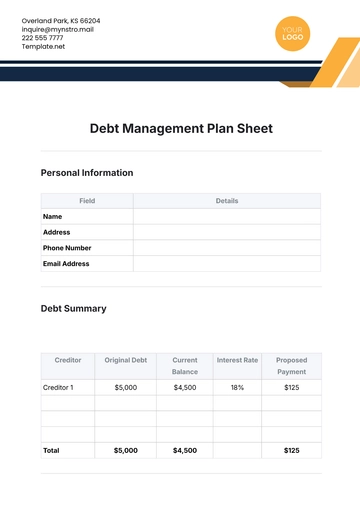E-commerce Financial Plan Format
Executive Summary
Provide a brief overview of the financial plan, including key financial objectives, anticipated growth, and a summary of the financial projections.
Business Overview
1. Company Description
Overview of the e-commerce business model
Key products or services offered
Target market and customer demographics
2. Mission Statement
A concise statement reflecting the company’s values and purpose.
Financial Objectives
Clear, measurable financial goals (e.g., revenue targets, profit margins, customer acquisition costs).
Market Analysis
1. Industry Overview
2. Competitive Analysis
Revenue Model
1. Sales Forecast
2. Pricing Strategy
Explanation of pricing models (e.g., fixed, dynamic, subscription).
Cost Structure
1. Startup Costs
Initial investment is required to launch the e-commerce business.
Breakdown of costs (e.g., technology, inventory, marketing).
2. Operating Costs
Ongoing expenses (e.g., hosting, fulfillment, customer service).
Fixed vs. variable costs.
Profit and Loss Statement
Projected Income Statement
Monthly or quarterly projections of revenues, costs, and net income for the first 3-5 years.
Key metrics such as gross profit margin and operating income.
Cash Flow Statement
Cash Flow Projections
Break-even Analysis
Funding Requirements
1. Investment Needs
Total funding required and purpose (e.g., working capital, inventory).
Sources of funding (e.g., equity, loans).
2. Use of Funds
Detailed allocation of the funds received.
Financial Ratios
Key financial ratios to monitor financial health (e.g., liquidity ratios, profitability ratios).
Risks and Contingencies
Identification of potential financial risks and mitigation strategies.
Conclusion
Summary of the financial plan and its alignment with overall business strategy.
Appendices
Additional documents, charts, and data supporting the financial plan (e.g., detailed spreadsheets, and market research data).
Plan Templates @ Template.net






























